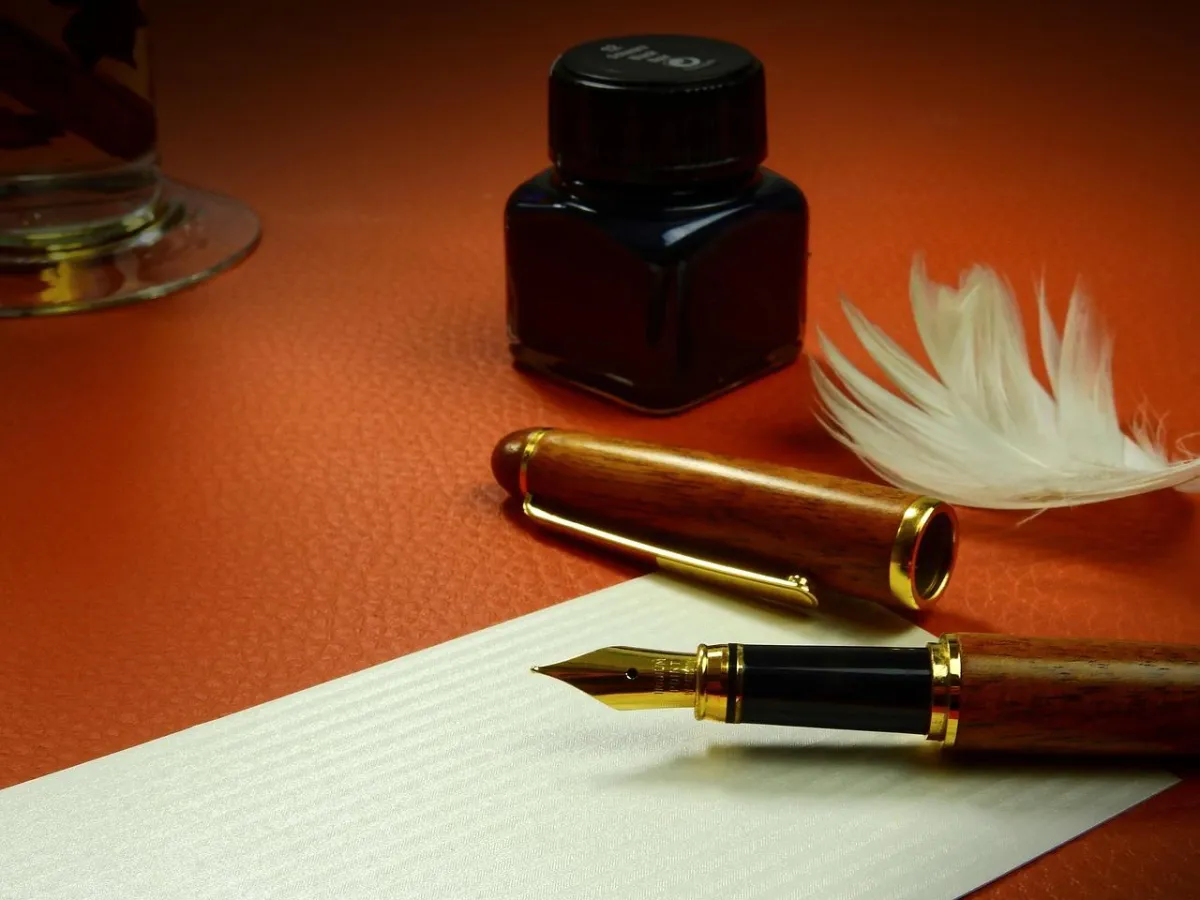
Pen & Paper in a Digital World
“The most powerful leadership happens when the screen is off and digital tools are resting.” - Tore Windspoll
Introduction:
In a world obsessed with apps, the simplest tools still lead the way.
Let’s be honest: leadership today is often wrapped up in dashboards, software, team chats, and productivity apps. But here's the thing—some of the most powerful leadership tools have been sitting quietly on your desk this whole time.
Yes, I’m talking about pen and paper.

These two everyday tools are not just relics of a bygone era. They’re still some of the most effective tools for leadership—quietly anchoring presence, clarity, and connection in a noisy digital world.
The Simplicity That Powers Leadership
I use pen and paper every single day in my leadership development practice. Why? Because they’re simple, portable, and unbelievably powerful.
In fact, I believe every intentional leader should carry a notebook and pen—everywhere.
Use them. Everywhere. Seriously.
Take notes—all the time.
Whether you’re in a team meeting, having a hallway chat, reflecting in your office, or doing your management by walking around, write it down. These non-digital productivity tools help capture insights the moment they show up. They help you stay grounded and focused—two traits every leader needs more of today.
Why Pen and Paper Still Win in Leadership
1. They Work Everywhere
Unlike your phone or tablet, pen and paper don’t need charging. They won’t glitch or distract you with notifications. In certain industries—like food production, pharmaceuticals, or petroleum—digital devices aren’t even allowed in many areas. But pen and paper? They’re always allowed, and always ready.
2. They Keep You Present
Writing by hand has a grounding effect. Research shows that typing during conversations decreases engagement. But when you write notes by hand, you’re more present, more tuned in, and more connected to the people you’re leading.
3. They Strengthen Your Memory
There’s a reason students are encouraged to take handwritten notes—science shows that our brains retain more information when we write things down manually. That’s a leadership edge right there. Whether it’s remembering team goals, client feedback, or your own insights—pen and paper help it all stick.
4. They Quietly Signal Leadership
Want your team to feel heard? Pick up your pen. Taking notes during a one-on-one signals that you’re engaged, listening, and that their words matter. It’s a simple gesture, but one that builds trust, respect, and authority.
Leading with Intention Doesn’t Require an App
Some of the most effective leadership habits are the most underrated.
Sure, tech has its place. But before you reach for your phone, try reaching for your notebook.
Intentional leadership isn’t about using the fanciest tools.
It’s about using the right ones, at the right time.
And sometimes, the most powerful leadership happens when the screen is off, and the pen is moving.
